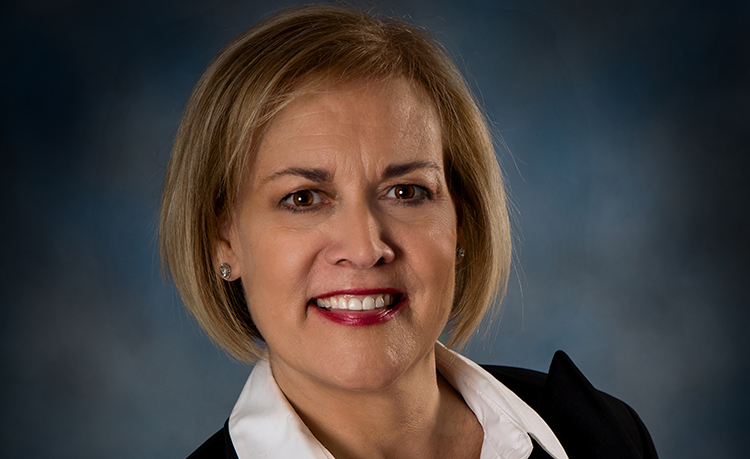Despite an emerging consensus among expert market watchers, there’s a real disconnect between many investors’ return expectations and the returns they’re likely to actually get. A day doesn’t pass without headlines about negative interest rates in some economies – low interest rates globally and the belief that interest rates will continue to be “lower for longer.”
Despite the drum beat in the media and investors’ common knowledge that low interest rates lead to low investment returns, a State Street survey of 400 institutional investors found their average annual return expectation for the foreseeable future was just under 11 percent.
The classic Ibbotson-Sinquefeld study, published in 1987, concluded that the stock market historically had generated an average annual return of 10 percent since 1926. However, study co-author Roger Ibbotson, a key market observer for decades, has been saying for more than a decade that the historical average of 10 percent is unrealistic as a forward return expectation. Instead, he believes large cap stocks more likely will deliver no more than 8 percent (nominal, before inflation) over the next 25 years.
In a recent article, State Street Global Advisors explained that a balanced portfolio (stocks and bonds) is expected to deliver in the range of just 3 to 4 percent (nominal) annually for the foreseeable future. In the past, when the stock market was delivering double-digit returns, inflation was higher and bonds yielded more. Given the current environment with the “riskless” rate near 0 (the real rate, net of inflation), expected future returns in the stock and bond markets look likely to be significantly lower than both historical averages – and most investors’ expectations.
Currently, the average state pension fund return expectation is 7.7 percent (nominal). By reducing future return expectations, the pension funds will be challenged to create higher unfunded pension obligations. The low investment return environment has tested the most skilled chief investment officers.
For example, the $300 billion California Public Employee’s Retirement system, better known as Calpers, generated an investment return of less than 1 percent in the recent fiscal year. The fund’s average annual returns over the last 10 and 15 years have delivered less than 6 percent. While alternatives and other types of investment are considered to boost overall returns, these asset classes cannot be counted on to deliver outsized returns consistently and forever.
A recent McKinsey study (“Diminishing Returns: Why Investors May Need to Lower Their Expectations”) says, given the slow growth environment, the total real returns of U.S. equities could average in the 4 to 6.5 percent range and fixed income could return 0 to 2 percent, with a similar outcome for Europe. These investment returns are predicated on U.S. GDP growth in the 1.9 percent to 2.9 percent range and overall tepid global economic growth.
Faced with what appears to be a substantially lower investment return environment for the foreseeable future, what are the options for individual investors?
- Postpone retirement and plan to work longer in order to fortify a retirement fund.
- Consider doubling one’s saving rate in order to accelerate retirement funding and investment compounding benefits.
- Reduce personal spending to provide additional funding for savings.
- Eliminate unnecessary investment fees and expenses, which significantly erode investment returns, particularly over longer investment horizons.
- Understand the risk associated with higher-return strategies, keeping in mind that investment losses are difficult to make up.
Resetting your expectations also should result in a re-evaluation of whether your investment goals are realistic and achievable. The starting point to developing an investment plan is to set future goals that have a good probability of success.
If your plan and goals are based on unrealistic investment return assumptions, those goals merit further review and consideration as they may be unachievable.
Julie Neitzel is a partner and adviser with WE Family Offices in Miami and a board member of the Miami Finance Forum. Contact her at [email protected] or 305.825.2225.













